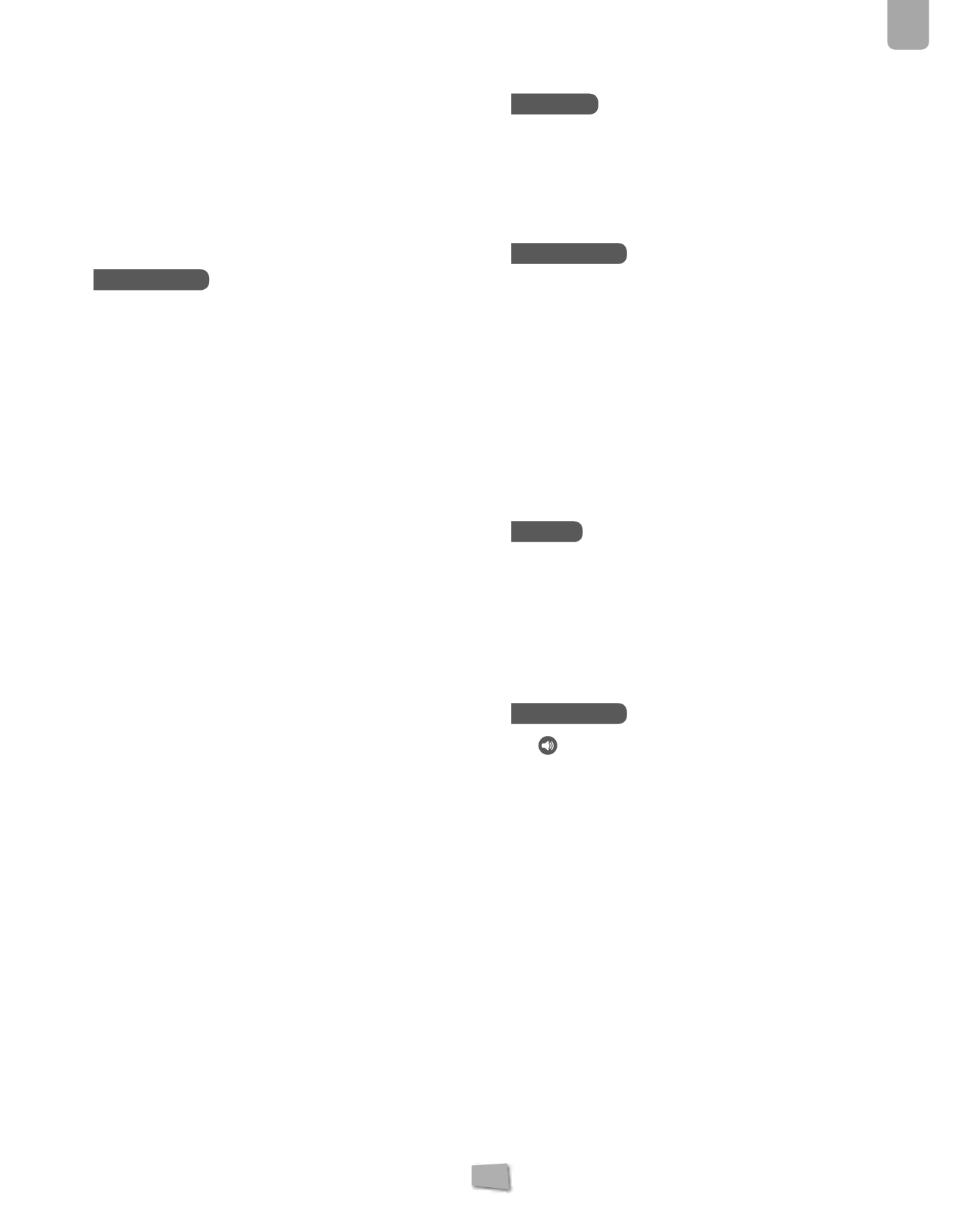
107
5
Structures
The group can be asked to identify which loads act on different
objects (a crane, a building, a racing car) and what it is that
differentiates those which are fixed from those which are variable.
Students can be asked a question at this point to get them to
think about a load and the effects and changes in shape that
it produces. By considering this briefly, we can introduce the
concept of tension produced by a load on a body in order to relate
it later to the concept of stress and its various types.
Answer key
Understand
1.
Can you clearly identify which part of the bottle forms
its structure? What parts of the bottle are used to
make it stronger?
No. The bottle itself represents a structure. The bottle is an
example of the minimal structure capable of containing a
given liquid. The indentations in the bottle make it stronger
and more resistant.
2.
What structures can you see in these photographs?
Are they natural or man-made? Justify your answer.
We can see a seashell in which a hermit crab lives and which
also holds the structure of its exoskeleton, and we can see
the frame of a fishing boat. Although the crab uses the shell
to protect itself, the only man-made structure is the frame of
the boat because it is the only one built by human beings.
3.
Name five natural structures and five human-made
ones.
Natural: A bird’s nest, the human skeleton, a tree trunk, the
shell of a tortoise, a stalactite.
Human-made: a cylinder of butane gas, a dam, a suspension
bridge, a car chassis, the Eiffel Tower…
4.
Identify the structure of the following objects: a
ballpoint pen, a plastic tumbler, a camera, a rocking
chair and a bicycle.
The structure is the part used to bear stresses. In the case of
the ballpoint pen it is the outer cylinder which we hold with
our fingers, for the vase it is the whole thing, for the camera
it is the casing, for the rocking chair it is the legs, the seat and
the back, for the bicycle it is the frame.
Analyse
5.
Find the pictures of a Roman bridge and a suspension
bridge. Analyse: Which parts of each bridge make up
its structure?
In the caseof theRomanbridge, thearches and the foundations
form the structure of the bridge. As for the suspension bridge,
it is the deck, the cables, the pillars, and the foundations.
Understand
6.
Say whether the forces involved in the following
actions produce a static or a dynamic effect: hitting
a golf ball, sitting on a sofa, pushing a shopping
trolley, your heart pumping blood around your body,
squeezing a piece of Plasticine and giving your friend
a hug.
Golf ball: dynamic effect
Sitting on a sofa: static effect
Pushing a shopping trolley: dynamic effect
Heart: dynamic effect
Squeezing Plasticine: static effect
Hugging a friend: static effect
Apply
7.
Illustrate the forces of the actions in activity 6.
All the forces are easy to demonstrate, just make sure to specify
the point of application, the direction, and the magnitude
which can be shown as small, medium or large in order to
simplify matters. In the case of the heart which pumps blood
around your body, there is not just one force involved but
several acting together. This can be illustrated using various
radial lines from inside.
Understand
8.
Listen and say which concept is defined.
Anything that can deform a structure
(force)
A set of elements in a body
(structure)
A force that act on a structure
(load)


